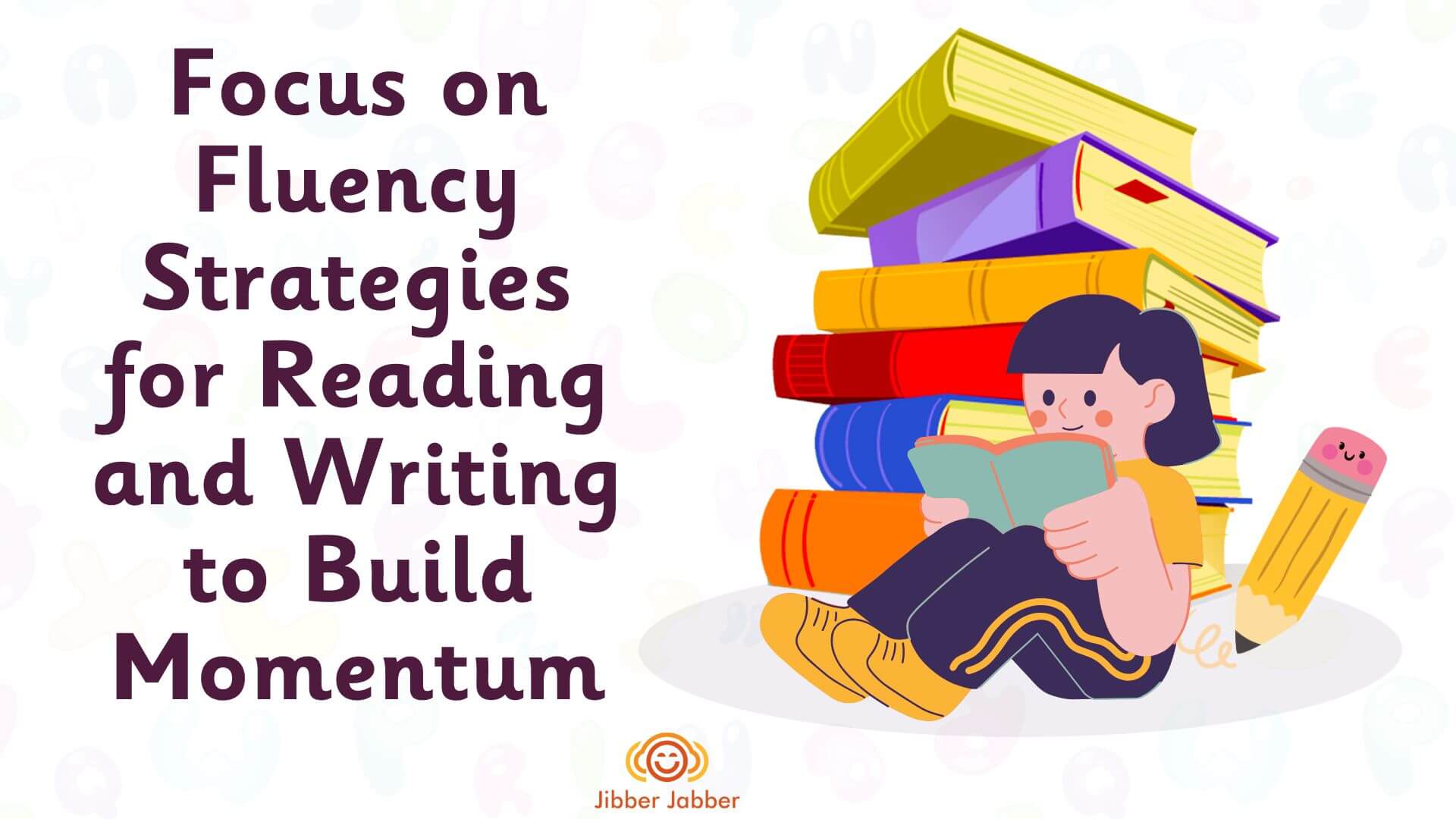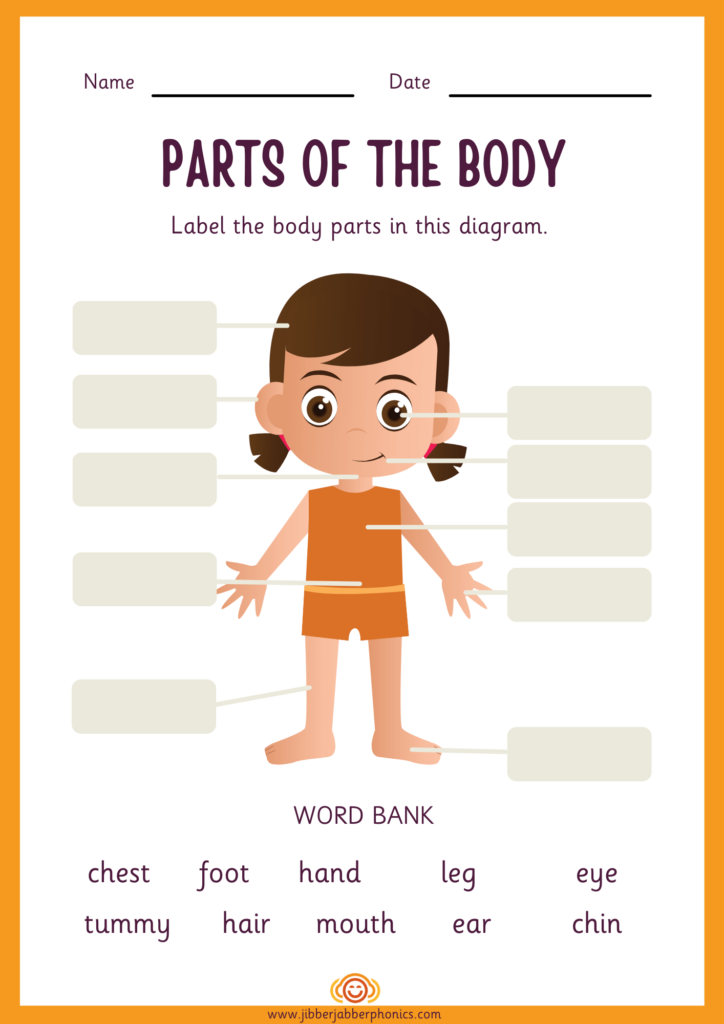
Fluency is the game-changer when it comes to reading and writing success. It’s what transforms hesitant readers into confident ones and turns struggling writers into expressive storytellers. But fluency doesn’t develop overnight—it needs consistent practice, the right strategies, and, most importantly, an environment that encourages growth.
For young learners, building fluency should be a fun, interactive experience. By focusing on engaging strategies now, we can help them develop essential reading and writing skills that will set them up for success.
Here are some highly effective fluency strategies for learners of all ages, with special focus on young children:
1. Repetition Builds Confidence—But Make It Engaging!
Young learners thrive on repetition, but it doesn’t have to feel repetitive! Re-reading favourite books, singing rhyming songs, and engaging in call-and-response activities can help children build fluency naturally. Try using:
- Storytime with Expression – Read aloud the same book multiple times, each time emphasizing different words and expressions.
- Echo Reading – Read a sentence and have children repeat it back with the same intonation and rhythm.
- Paired Reading – Pair confident readers with emerging readers to practice reading together.

These methods make fluency practice fun while reinforcing vocabulary and comprehension.
2. Strengthen Phonics Knowledge with Multi-Sensory Techniques
Phonics is at the core of fluency—when students can decode efficiently, they free up brainpower to focus on meaning. For young learners, hands-on, interactive approaches work best:
- Action-Based Phonics – Create simple hand movements or gestures to go with letter sounds and blends.
- Sing It Out! – Turn phonics lessons into catchy songs to reinforce sound patterns.
- Letter Sound Treasure Hunt – Hide letter cards around the room and have children find them, say the sound, and blend them into words.
These activities help young learners connect letter sounds with words in a memorable way.
3. Reading with Expression—The Power of Prosody
Fluent readers don’t just read words; they bring them to life. Young learners love using their voices, so encourage them to:
- Read Like a Character – Have them read a story as if they were a pirate, a robot, or a fairy!
- Use Puppets or Stuffed Animals – Let them read to their favourite toy or create a “reading buddy” system.
- Turn Stories into Mini Plays – Assign roles and have children act out short story passages while reading their lines.
This makes reading fun while helping children understand tone, pacing, and punctuation.
4. Provide Daily Reading Opportunities—Across All Subjects
Fluency isn’t just for English lessons! Integrate reading into all areas of learning. Young learners benefit from:
- Environmental Print – Label objects in the classroom (e.g., “door,” “table,” “window”) so children start recognizing words naturally.
- Picture Books & Wordless Books – Encourage storytelling even before full reading ability develops. Have children “read” pictures and narrate their own versions.
- Classroom Reading Corner – A cozy space with books at different levels encourages independent reading.
The more reading opportunities young learners have, the more fluent they become.
5. Connect Writing to Reading—A Two-Way Street
Reading fluency supports writing fluency, and vice versa. For young learners, writing should be playful and pressure-free:
- Shared Writing – Write a story together on a large chart, letting children suggest words and sentences.
- Tracing & Letter Formation – Strengthen letter recognition by having children trace letters in sand, shaving foam, or with finger paints.
- Sound-to-Word Drawing – Have children draw a picture and label it with simple phonetic words they hear (e.g., “cat,” “sun,” “dog”).

When children see the connection between spoken words, reading, and writing, fluency develops naturally.
6. Set Personal Fluency Goals and Track Progress
Young learners love rewards and recognition! Setting achievable fluency goals keeps them motivated:
- Sticker Charts – Track books read, or words mastered with a simple sticker system.
- “Fluency Superstar” Certificates – Recognize children who show growth in their reading and writing.
- Timed Reading (But No Pressure!) – Time how long it takes a child to read a short passage, then track progress in a fun, supportive way.
Encouragement and celebration make fluency practice exciting rather than intimidating.
7. Make Fluency Fun and Interactive!
Above all, fluency practice should be an enjoyable experience! Try:
- Silly Sentence Challenges – Have children create and read out funny sentences using sight words.
- Fluency Games – Use board games where children must read a word or phrase before moving forward.
- Movement & Reading – Have children hop, clap, or stomp each time they read a word correctly.
When learning is fun, fluency builds naturally and effortlessly!
Let’s Build Momentum Together!
Fluency is the key that unlocks lifelong reading and writing success. By focusing on these strategies now, we can set students up for a smoother, more confident journey in literacy.
What fluency strategies are working well in your classroom? Let’s share ideas and keep the momentum going! 🚀


